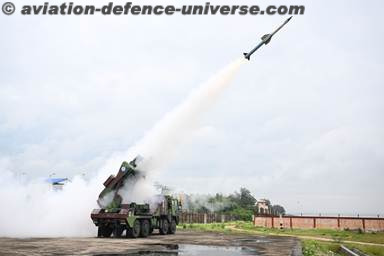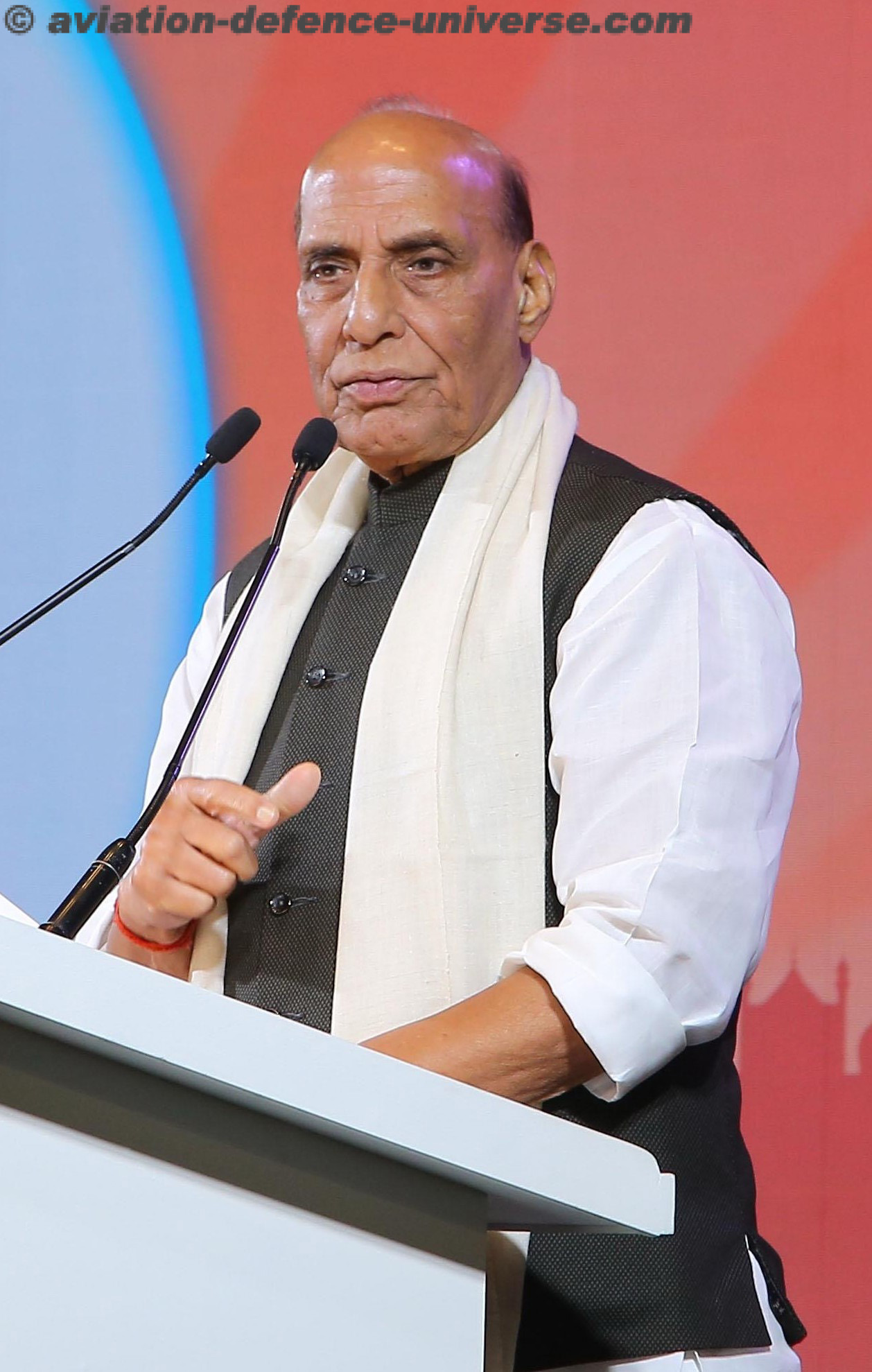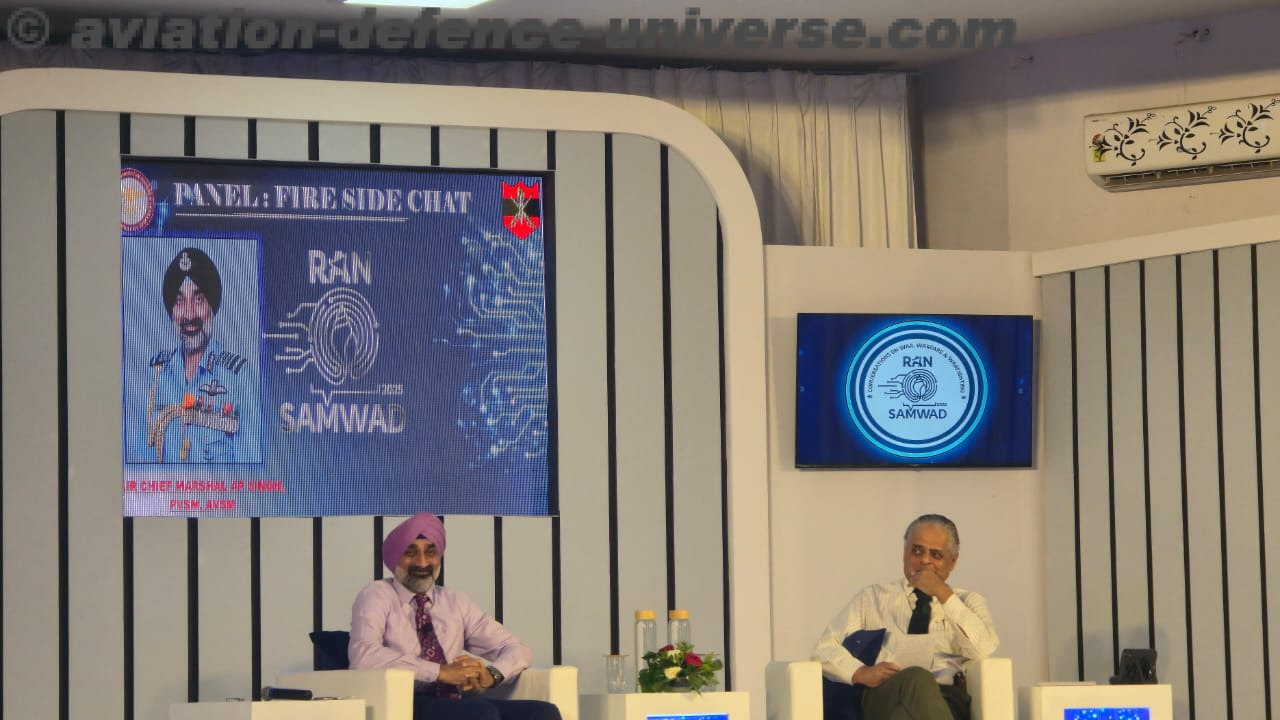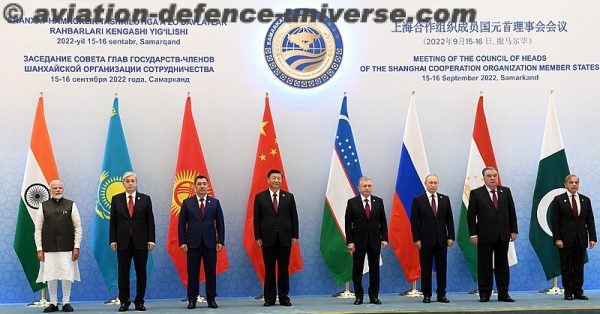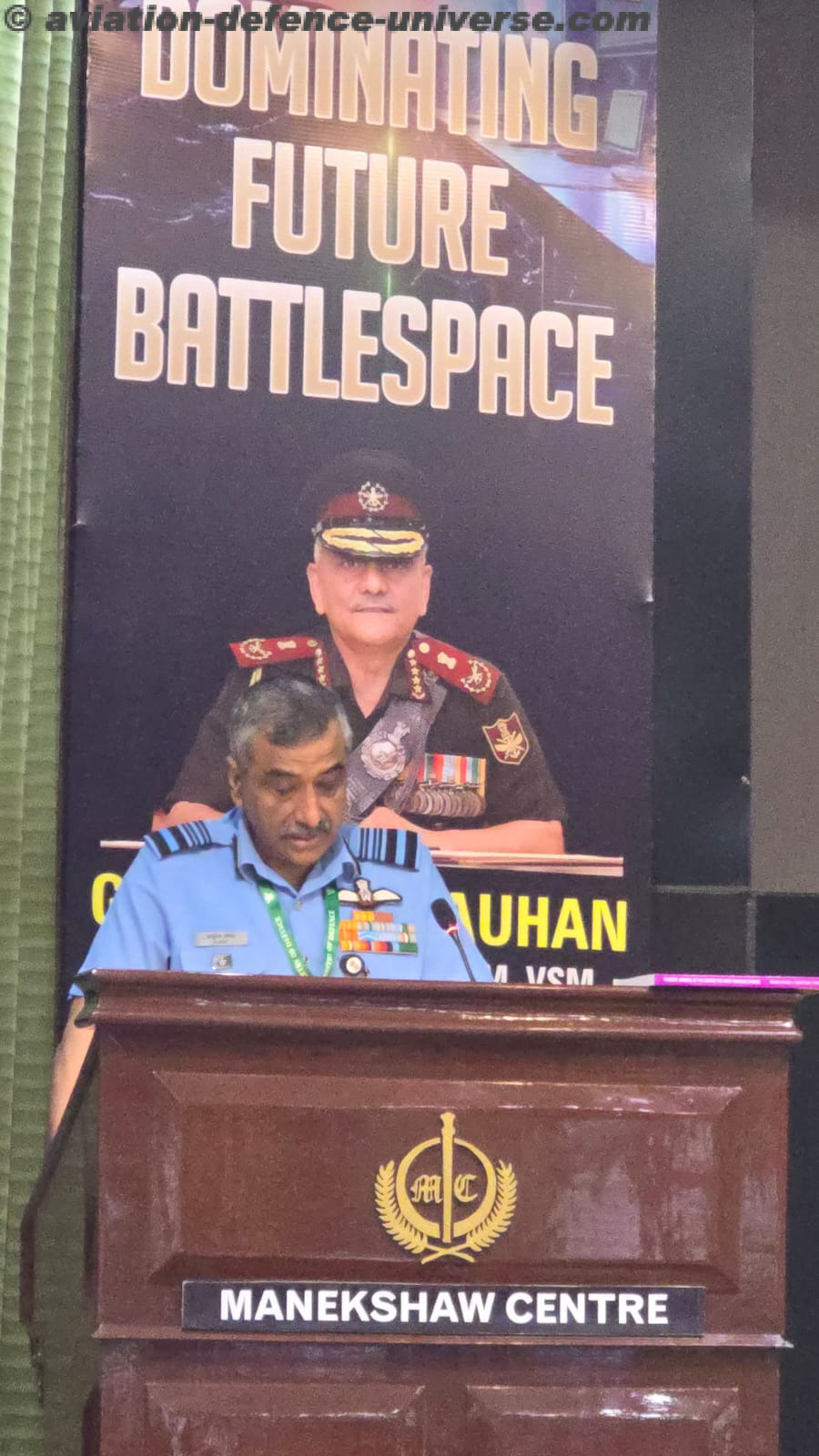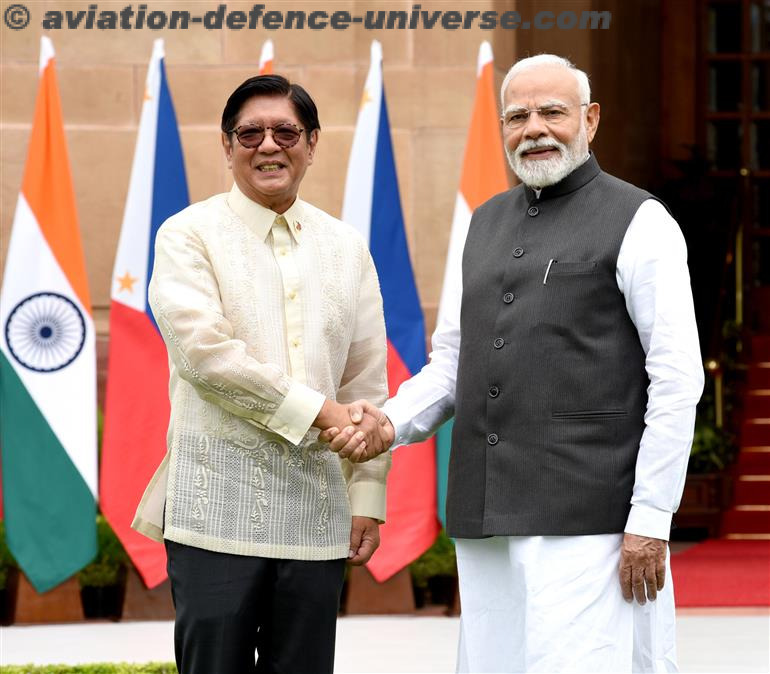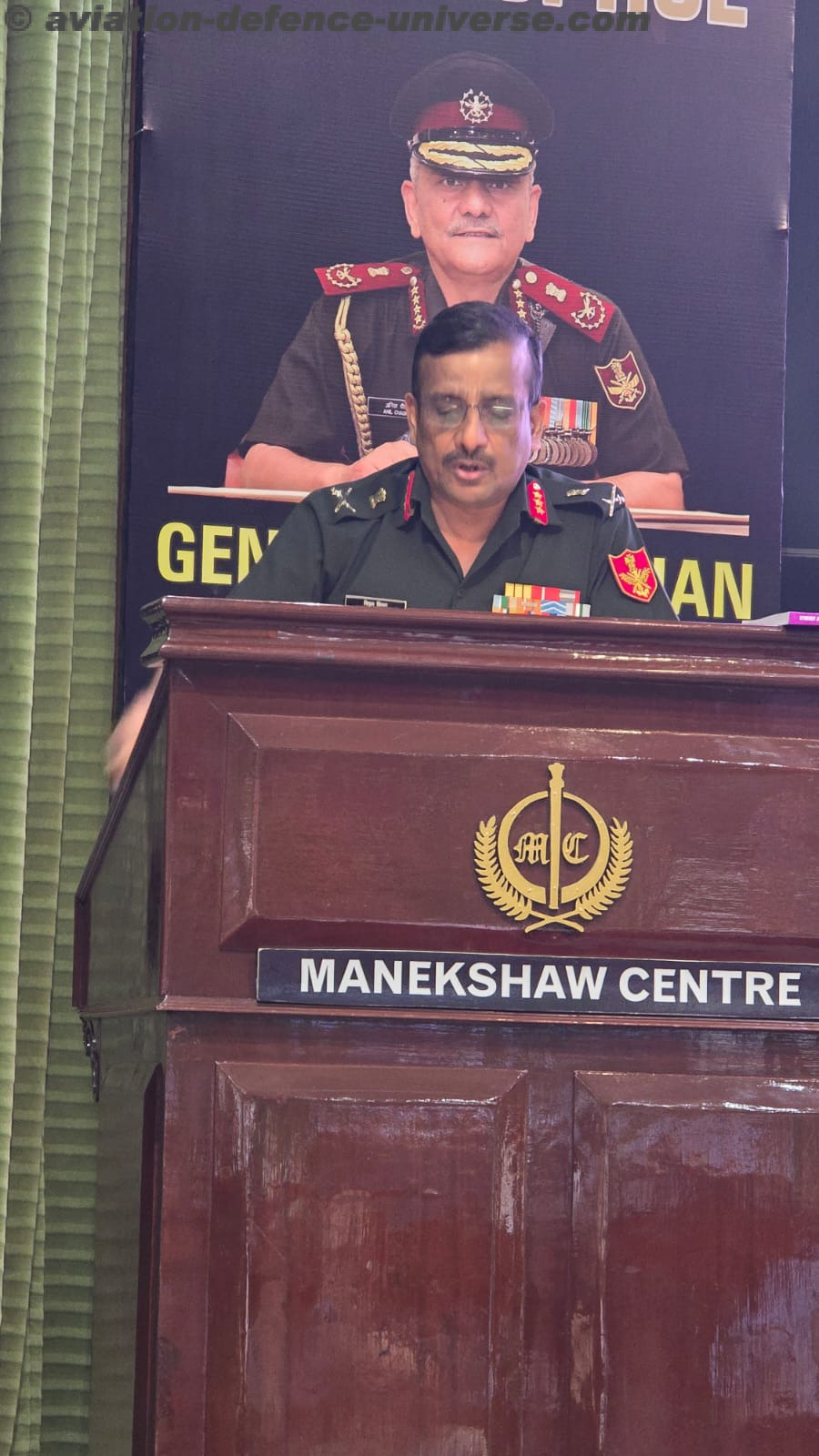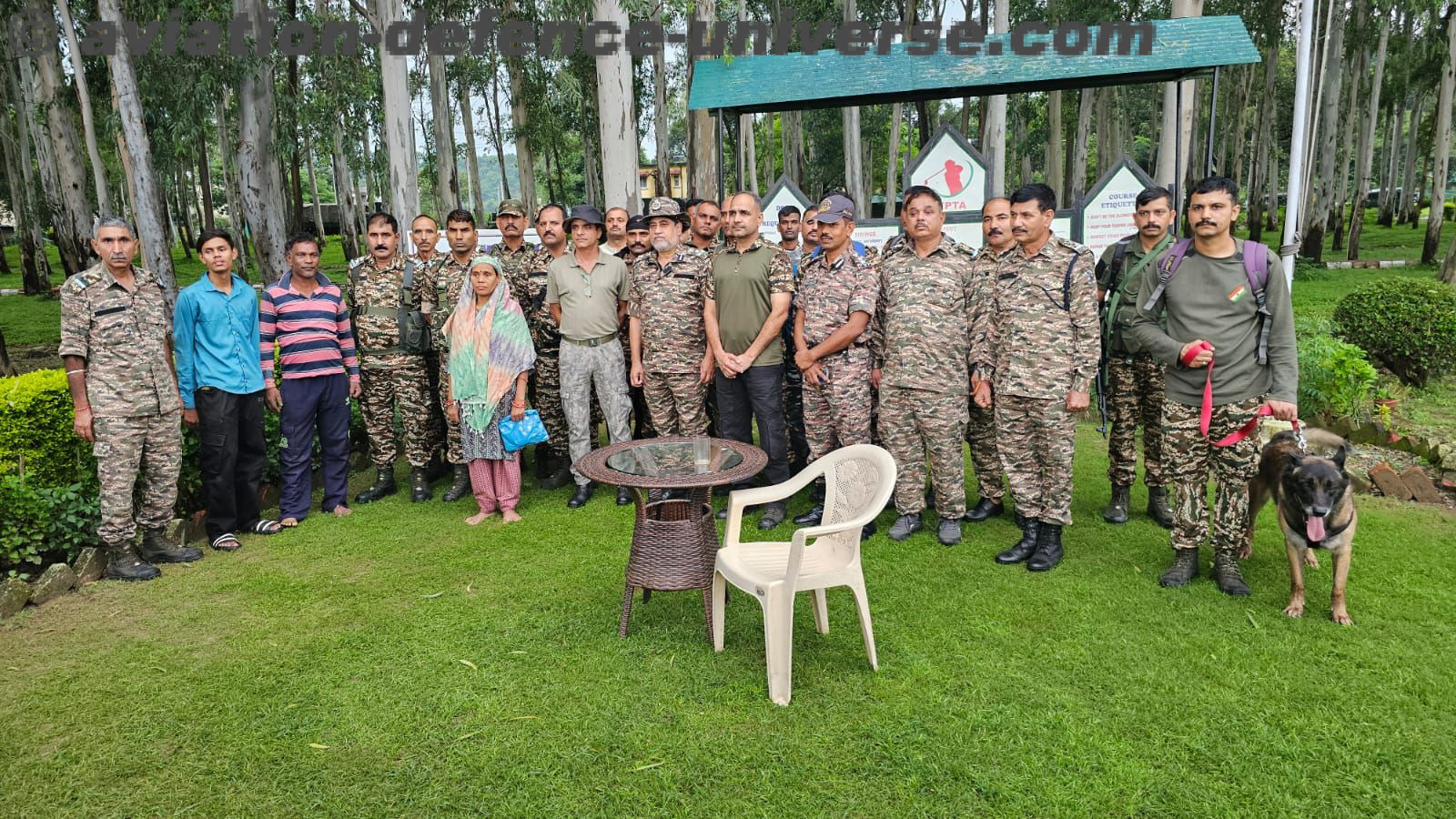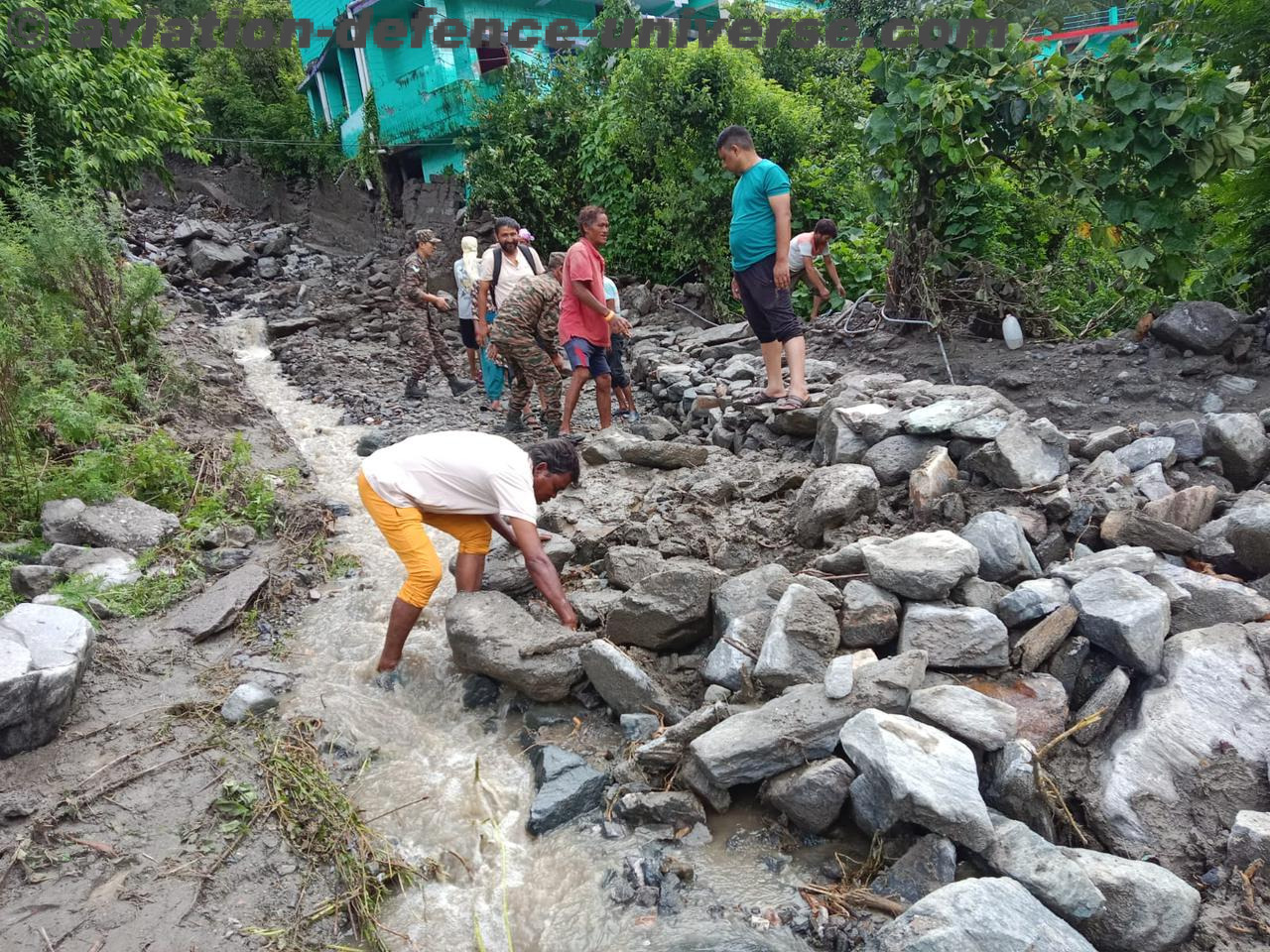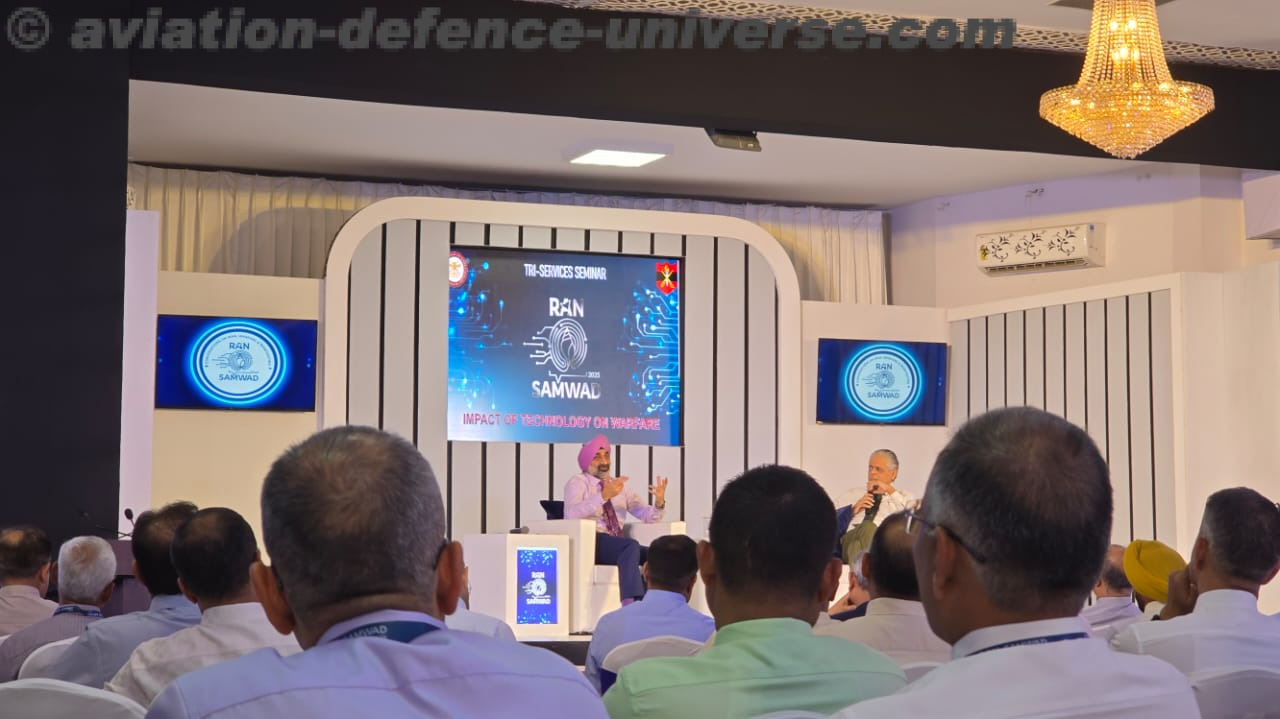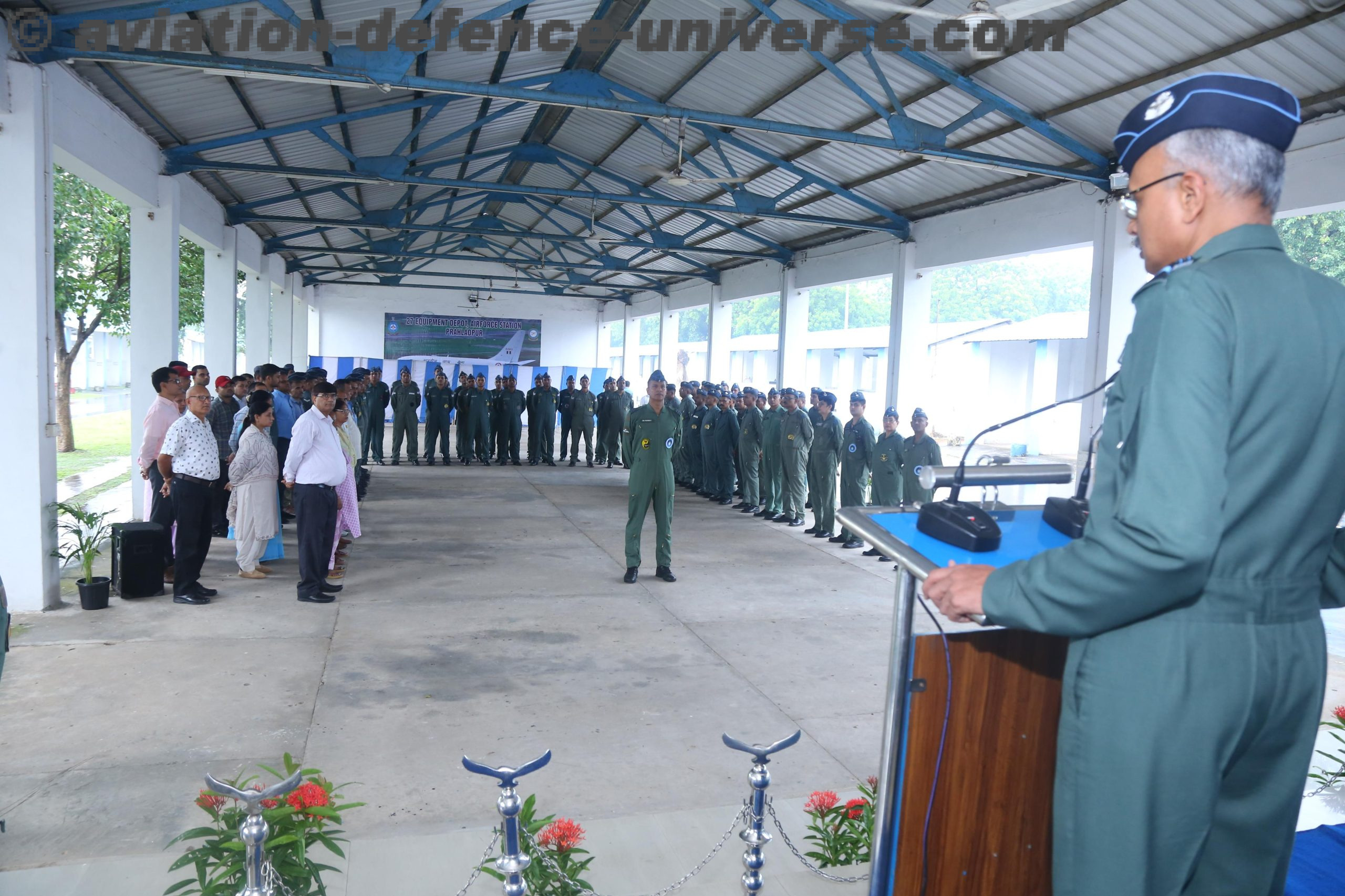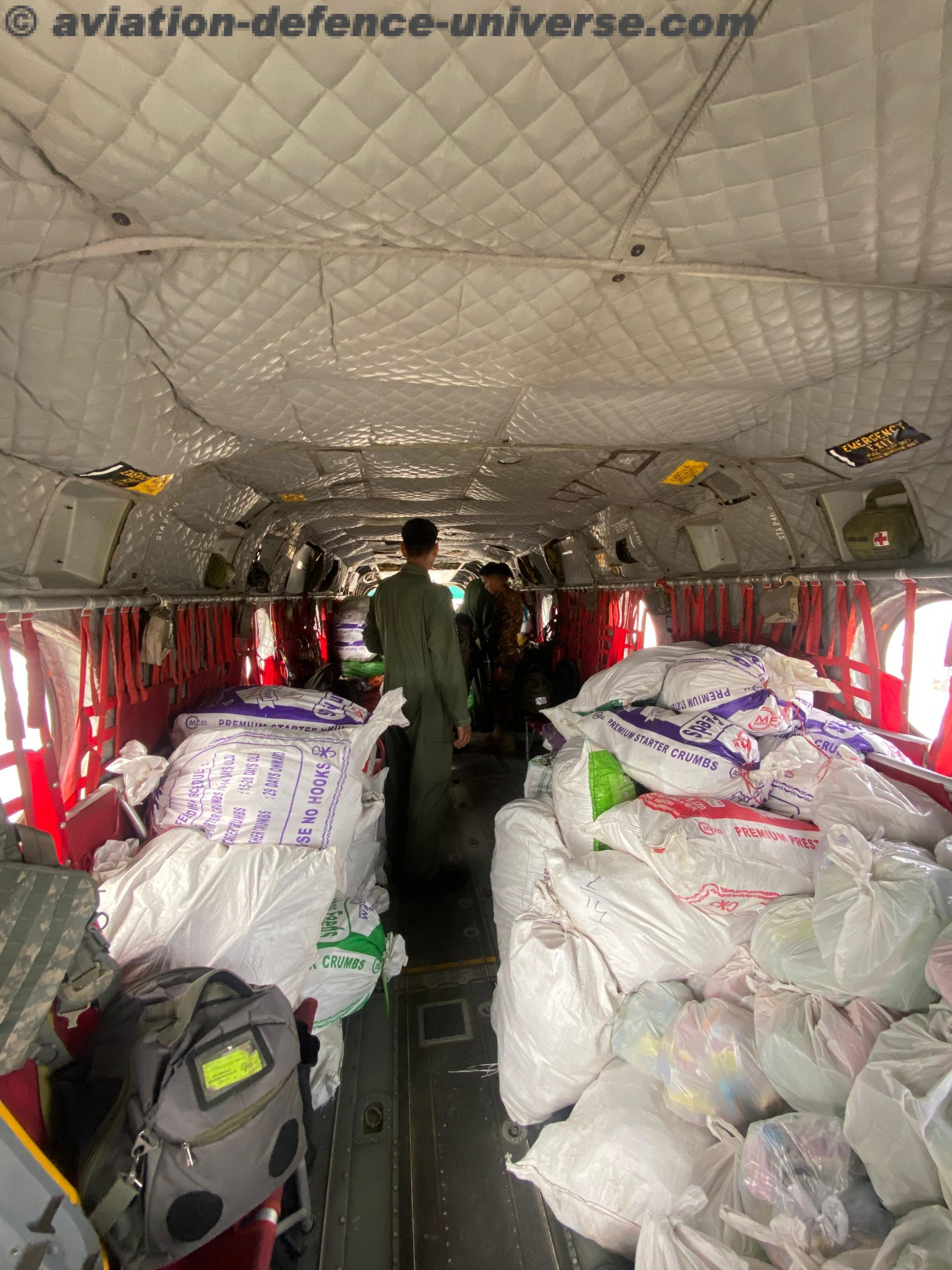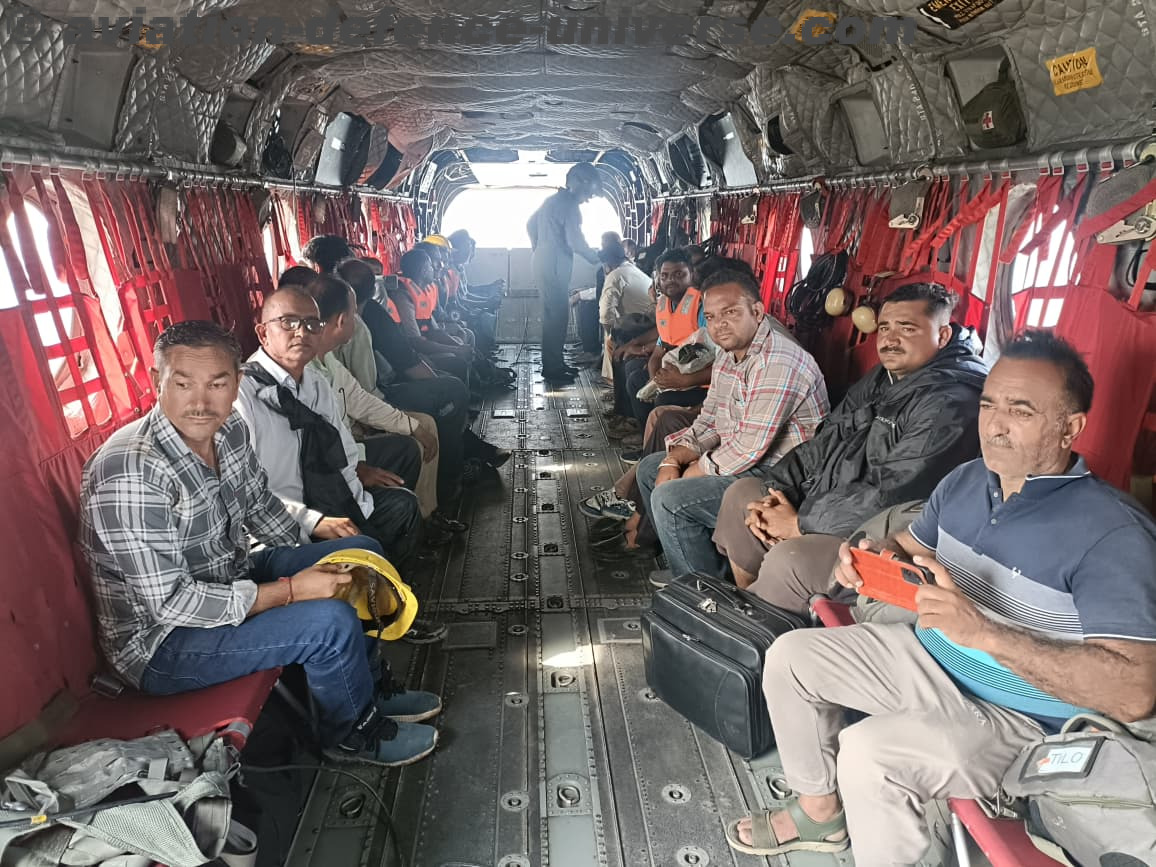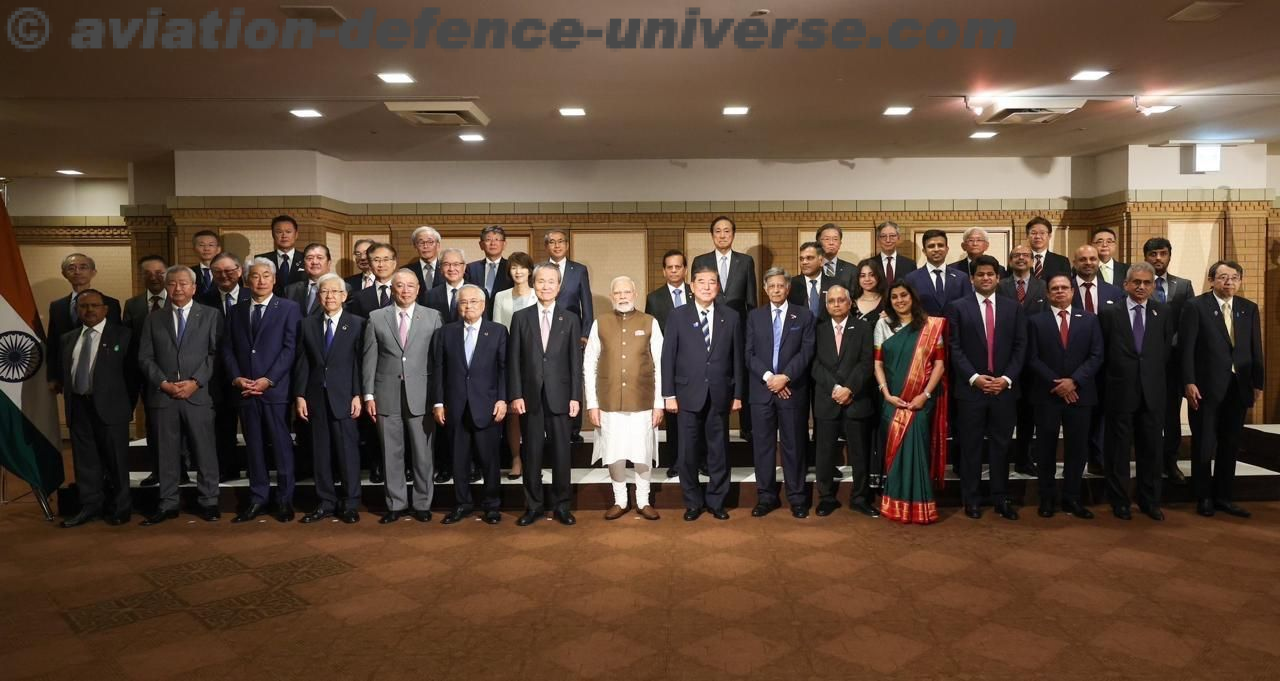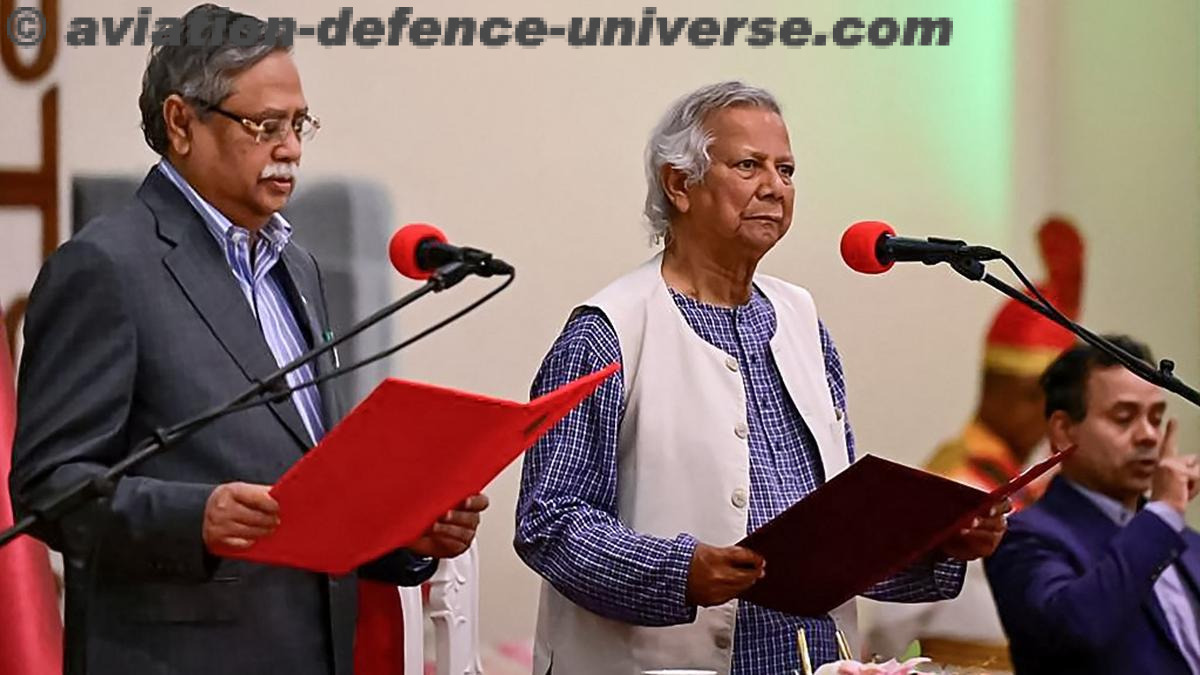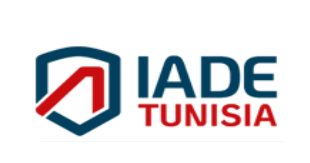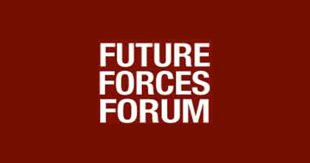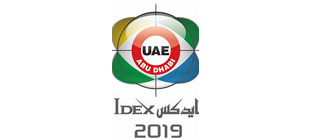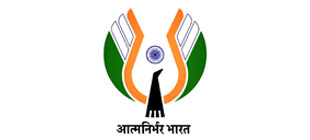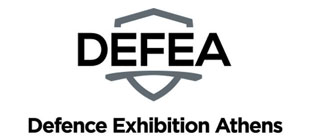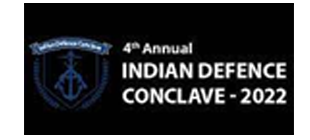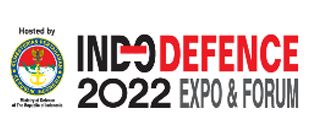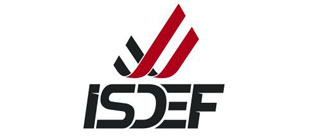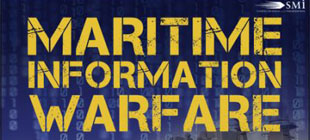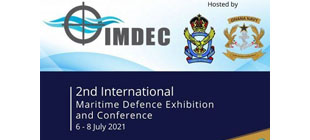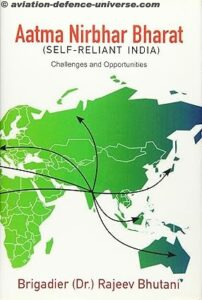
In the book “Aatma-Nirbhar Bharat (Self-Reliant India): Challenges and Opportunities”, Brig (Dr) Rajeev Bhutani (Retd) explores India’s response to China’s aggressive behaviour and highlights the opportunities across social, economic, diplomatic and technological domains that support India’s self-reliance initiative launched by Prime Minister Narendra Modi. The author asserts that during national crises, thoughtful leadership and vision become essential and this book presents a response to such a defining moment to include the convergence of the COVID-19 pandemic, border tensions with China and a severe economic slowdown in India.
Author presents the strategic insight with nationalistic fervour and offers perspectives across geopolitics, economics, defence, healthcare and public policy. Brig Bhutani brings his military background and research experience to contextualise India’s challenges and recommend actionable policy directions. The book stands at the intersection of multiple disciplines approach and offers a rich, multi-layered analysis of how India can transition from being a reactive power to a proactive, self-reliant global player through self-reliant approach. The book brings to the table not just his professional expertise in strategic affairs during the time of crisis, but also a deeply rooted understanding of India’s socio-political landscape. His narrative is a blend of field-hardened realism and policy-oriented optimism, making the book a compelling read for a wide range of audiences from defence professionals and policymakers to academics, students and informed citizens.
This book is divided into two parts:
Part I: Geopolitical Overview
Part II: Impact of Coronavirus and Challenges and Opportunities for India
Both parts consist of nine chapters. In the beginning, the book includes a strong ‘Foreword’ and ‘Preface’ that set the context of a disrupted global order due to the COVID-19 pandemic. The thematic flow from historical geopolitical shifts to India’s pandemic response, from self-reliance policies to international power realignments and creates a holistic understanding for the reader. The concluding chapter draws upon historical parallels and contemporary developments to articulate how India can turn crisis into opportunities.
Part I: Geopolitical Overview – India in a Strategic Changing World Order
The first part of the book, after the introduction encompassing Chapters second and third, is an emerging geopolitical deep dive into the evolving global balance of power, with China’s rise as its central axis. Brig Bhutani astutely narrates the historical shifts in world politics from the post-World War II era to the Cold War bipolarity and eventually to China’s assertive “New Era” under Xi Jinping. Deliberating on China’s approach to Beginning with Deng Xiaoping’s “Four Modernisations” and Mao Zedong’s “Three Worlds Theory,” it progressively offers several levels of insight into the development of China’s foreign policy, culminating in the country’s recent strategic rapid expansionism and growth and proposed New Security Concept (NSC) in 1996 to strengthen its regional power status. India’s strategic predicament in relation to this section delves further into developing China, especially in the context of the June 2020 clash in the Galwan Valley. The author deliberately frames Beijing’s premeditated aggression and tactics along the Line of Actual Control (LAC) as a symptom of a bigger geopolitical design rather than as a standalone skirmish. He urges India to let go of delusions of neighbourly friendship and take a more pragmatic stance in international affairs, cautioning against any misguided expectations of Chinese kindness and soft power. As the rest of the world struggles with Chinese expansionism, chapter third moves from diagnosis to prescription. Titled India’s Response, its holistic overview provides a roadmap for how New Delhi must recalibrate its strategic outlook and build resilience. It proposes a shift from reactive diplomacy to proactive, national interest-driven policy. He emphasises the development of indigenous defence capabilities, diversification of foreign partnerships (notably through the QUAD) and leveraging India’s soft power through education, healthcare and democratic values. Perhaps most notably, he critiques the lack of a robust strategic culture in Indian policymaking circles and stresses the need for long-term national security doctrines.
The impactfulness of Part I lies in its clarity by Brig Bhutani as he doesn’t just narrate events, he analyses patterns and strategic dots. He urges India to break away from the traditional non-alignment ambiguity and recognise the realities of 21st-century power politics, where economic resilience and military preparedness go hand in hand.
Part II: Impact of COVID-19 Challenges and Opportunities for a Self-Reliant India
In the second part, comprising Chapters fourth to eighth, the book pivots from international geopolitics to the internal consequences and opportunities brought about by the COVID-19 pandemic era. This section is particularly noteworthy for its scope, combining healthcare, economics, social policy and governance into one cohesive narrative under the umbrella of Aatma Nirbhar Bharat.
Chapter fourth begins by explaining the virological origins and global spread of the novel coronavirus. With a background in science (organic chemistry),Brig Bhutani provides a lucid explanation of virus transmission, vaccine development limitations, and the role of asymptomatic carriers. He discusses India’s epidemiological landscape and introduces key metrics such as testing capacity, positivity rates, and public health infrastructure, showing how India’s containment strategy evolved from urban epicentres (like Delhi and Maharashtra) to rural hotspots. The complicity of the WHO or its lackadaisical behaviour and attitude are the other factors responsible for the spread of this pandemic.
Chapter five enlightens the multidimensional fallout of the pandemic and impact on economy, healthcare, education, employment, social trust and many more. The author is unflinching in acknowledging the pain but remains optimistic about India’s resilience. He appreciates how digitisation, direct benefit transfers (DBTs) and rural supply chains functioned as safety nets during the lockdown period in India.
Chapter six, one of the most insightful chapters, examines how the post-COVID world order is not just uncertain but up for redefinition. Brig Bhutani suggests that while China might have temporarily expanded its economic footprint, its trust deficit has widened globally. This, he argues, is India’s strategic opportunity to present itself as a reliable alternative to China in global supply chains, pharmaceuticals and digital governance.
Chapters seven and eight are the heart of the “opportunity” theme for India, such as accelerating ‘Make in India’. Brig Bhutani systematically outlines the key domains where India can emerge stronger, which are covered below:
- The rural economy of India is the cornerstone of self-reliance.
- Healthcare issues, manufacturing and vaccine diplomacy.
- Shifting supply chains away from the Chinese stronghold and dependence.
- Local and regional innovation and technology absorption.
- Clean and renewable energy transitions inside the country.
- Institutional reforms in infrastructure, taxation and investment environment.
He explains the government’s five pillars of self-reliance. The Five ‘I’s + One: A Framework for Nation-Building Intent, Inclusion, Investment, Infrastructure and Innovation and importantly adds a sixth that is-Implementation and is mentioned in his book. This, he says, is India’s Achilles’ heel. Many reform efforts, like Skill India or Clean Ganga, failed not due to a lack of vision but due to sluggish bureaucratic execution. He calls for accountability-driven governance if India is to truly become self-reliant.
Contextual Relevance
The timing of this book adds to its value. In an era marked by geopolitical realignments, supply chain restructuring, and global public health crises, the book provides a uniquely Indian lens. It serves as a blueprint for policymakers navigating an unstable world order, especially in view of recent challenges such as US-China decoupling, Indo-Pacific tensions, and the drive for digital sovereignty.
Aatma-Nirbhar Bharat: Challenges and Opportunities is more than a policy outline; it is a call for national transformation. Brig Bhutani blends the perspective of a soldier with that of a scholar, offering a strategic manifesto rooted in urgency. However, the book lacks critical engagement with alternative viewpoints, comparative policy analysis and deeper economic critique. Despite this, it is a timely and useful contribution that urges India to recognise the crisis as an opportunity. It deserves attention from policymakers, defence experts, economists, and strategic thinkers.
Title: Aatma Nirbhar Bharat: Challenges and Opportunities,
Authored by Brigadier (Dr.) Rajeev Bhutani (Retd),
Published by Pentagon Press, New Delhi, 2020), 198 pages.
ISBN: 978-93-90095-13-1
Price: ₹650
Reviewed by: Chander Shekhar, Associate Fellow (CENJOWS)














